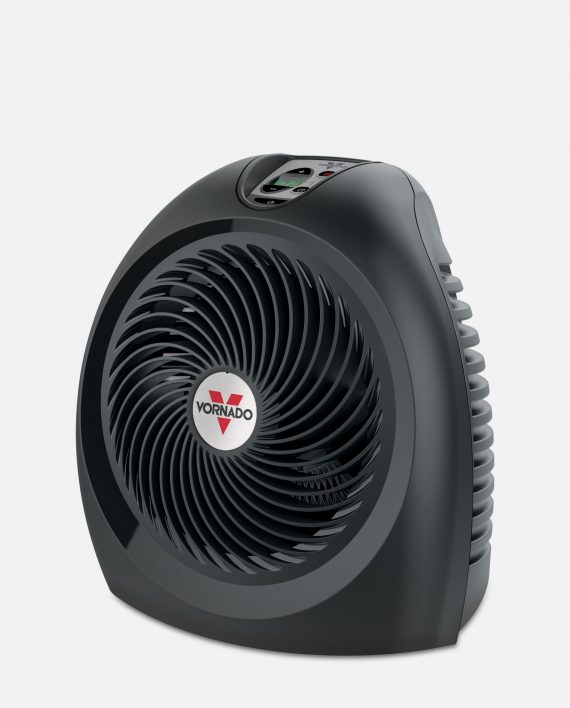My most important requirement for a computer is that it lets me be "productive". I define productivity as "doing my job as fast as I know how using the given tool". If the machine gets in the way (by being unreliable, slow, lacking software, etc.) then that's a deal breaker and I'm not interested. I don't have particular allegiances to certain companies or hardware manufacturers, so long as I can be productive. In that respect, the Mac got off to a surprisingly good start, and I can now safely say that I'm about 95% as productive on it as I used to be on my Thinkpad. I honestly did not expect this, so it was a rather pleasant surprise.
In terms of software, the applications I run most on my Mac are:
- Chrome = duh
- iTerm = SSH client
- TextMate = general purpose programming text editor
- OpenOffice = word processing, spreadsheet, presentations
- Eclipse/Android = work
- iTunes = streaming radio
- Picasa = photos
- VLC/QuickTime/Flip4Mac = media
- Skype = video conferencing
- Solitaire etc. = blow off steam
The only application that took some work was iTerm -- I run Emacs in screen, and getting the keybindings to work was a bit painful. In particular, by force of habit I'd often hit Command+W to copy in Emacs, which would close the current tab. Fortunately, it's easy to re-bind the keys for any menu to some other key combination, so that's what I did. This is actually a remarkable feature of OSX, and one that I'm not sure exists on Windows -- you can specify any app and any menu entry in that app (by name), and then give it another key combination. Cool!
The main drag was getting used to the new key combinations. Command+{C, X, Z, TAB} all work the same and fairly intuitive for someone used to PCs. But that's where the similarities end:
- I used Home/PgUp/PgDn/End/Del a lot on the PC, and the Mac is inadequate here. Having to hit Fn+{Left, Right, Up, Down} just isn't the same. Not to mention that different apps interpret the key combinations differently, sometimes it recognizes Fn+, other times Command+.
- I still find it confusing to have to deal with Control, Alt, and Command. I know how they work, but I still have to think about it. Why do we need 3 keys to do what a PC does with just Control and Alt?
- Switching between applications is done via Command+TAB, switching between multiple windows of the same application is done via Command+~ Is this really necessary? Command+TAB should be enough IMO, why the extra aggravation?
Now that we got the bad out of the way, there's plenty of stuff to like:
- The touchpad is fabulous. Scrolling with 2 fingers, clearing the desktop with 4 fingers -- it's just beautiful. Furthermore, I simply could not use the touchpad on my Thinkpad, I always used the little red knob instead; the PC touchpad is so sensitive it's useless. The Mac touchpad simply works, and works well. If you've never tried to use one, I do recommend you try it.
- The laptop feels extremely sturdy and well built. I used to think that Thinkpads were the best built laptops out there, but the unibody design wins hands down. It's not even a comparison.
- The keyboard feels good, the screen looks beautiful. I'd say on par with the Thinkpad.
- The battery life is amazing. I get 4+ hours easily, which was never possible with any Thinkpad I've ever used. The magnetic power connector is really neat and has saved wire accidents a few times already.
- The wireless configuration just works. As soon as the laptop comes out of standby, it's connected to the wireless, which is fantastic (the Thinkpad used to take a good 15-20 seconds, which gets old fast). The laptop also knows to stay connected to the current SSID, unlike the Thinkpad which would switch between SSIDs seemingly randomly if more than one "preferred" network was in range (I guess they thought this was a feature?)
- Last but not least, going in and out of standby is remarkably fast and reliable -- it's almost instant ON/instant OFF. The Thinkpad would sometimes take 1 minute (yes, 60 seconds) to do this, and lock-up in the process. I've experienced this with every Thinkpad I've used.
The Mac is a remarkable beautiful piece of engineering. The rumours are true, there's no laptop quite like it. It's also expensive, almost double the price of an equivalent Thinkpad. This is the reason I'd have trouble justifying the price if it came out of my own pocket. But I do love using it, and I can understand why some people never settle for less.














